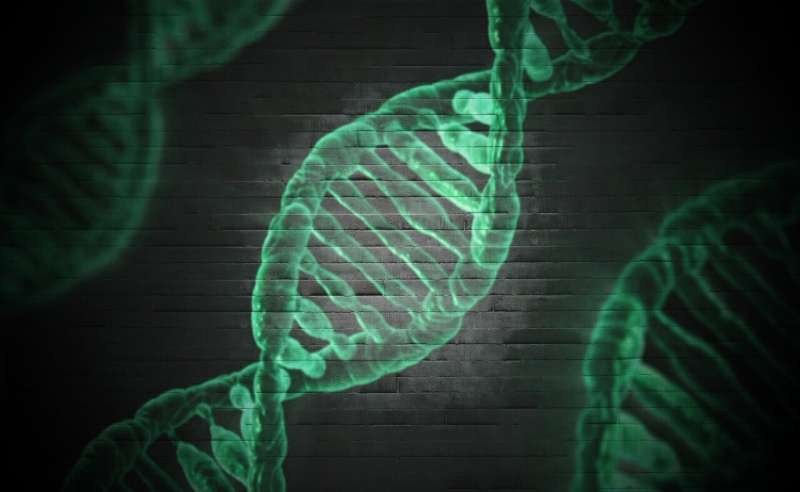Researchers reveal key information about how genes turn on and off

Human bodies have roughly 30,000 genes dictating not only how we look, but also critical biological processes. Now, a Florida State University and Australia National University research team has discovered a key aspect of gene regulation and ultimately how that process is implicated in cancer.
Jonathan Dennis, an associate professor of biological science at FSU, and David Tremethick, a professor at Australia National University, have published a new paper in Nature Communications that reveals key information about a gene's controlling region—where proteins attach to turn genes on or off. The researchers found that the way this region is packaged dictates how genes are either expressed or restricted.
The packaging refers to all of the characteristics of how and where these proteins attach. That process is critical to human biology, Dennis noted.
"When the wrong thing binds, you get inappropriate physiology, in some cases, cancer," he said.
The new information challenges the current models for how a gene is expressed by revealing that there are many different ways a promoter can be packaged to either allow or restrict the expression of a gene.
A protein called H2A.Z plays an important role in regulating this packaging of genes in different ways. The researchers found that one important role of H2A.Z in gene regulation is to ensure that only the proper regulatory factors have access to gene promoters.
"H2A.Z is a type of protein called a histone variant," said Lauren Cole, a former FSU doctoral student and the first author on the paper. "Because histone variants play an important role in gene regulation, this work leads to an expanded understanding of the human genome."
Tremethick said the finding underscores how much work is left to be done to understand the human genome and how this finding can advance field forward.
"Although it has been nearly 20 years since the human genome was sequenced, how this genomic information is selectively utilized to direct patterns of gene expression underpinning cell fate decisions still remains poorly understood," Tremethick said. "While there is still much work to be done, our study will help move the field forward to get a better understanding of how our genes are expressed at the right time and place, which has critical implications for human health."
More information: Lauren Cole et al, Multiple roles of H2A.Z in regulating promoter chromatin architecture in human cells, Nature Communications (2021). DOI: 10.1038/s41467-021-22688-x
Journal information: Nature Communications
Provided by Florida State University





















